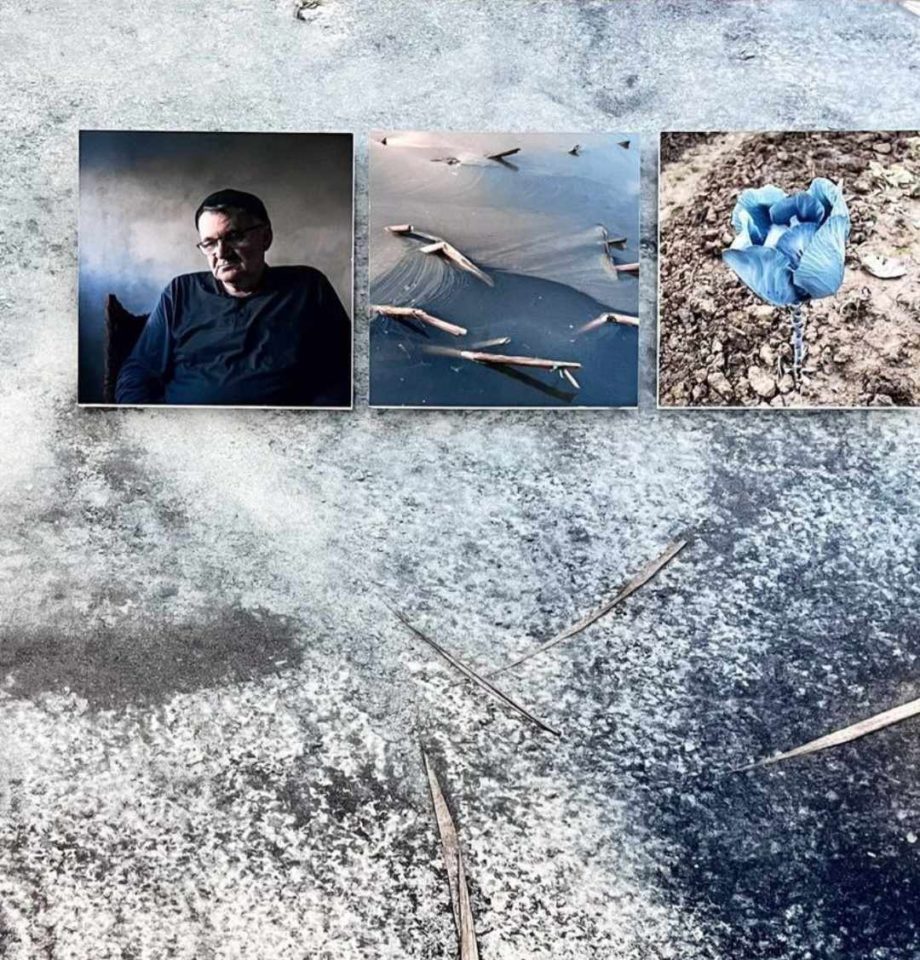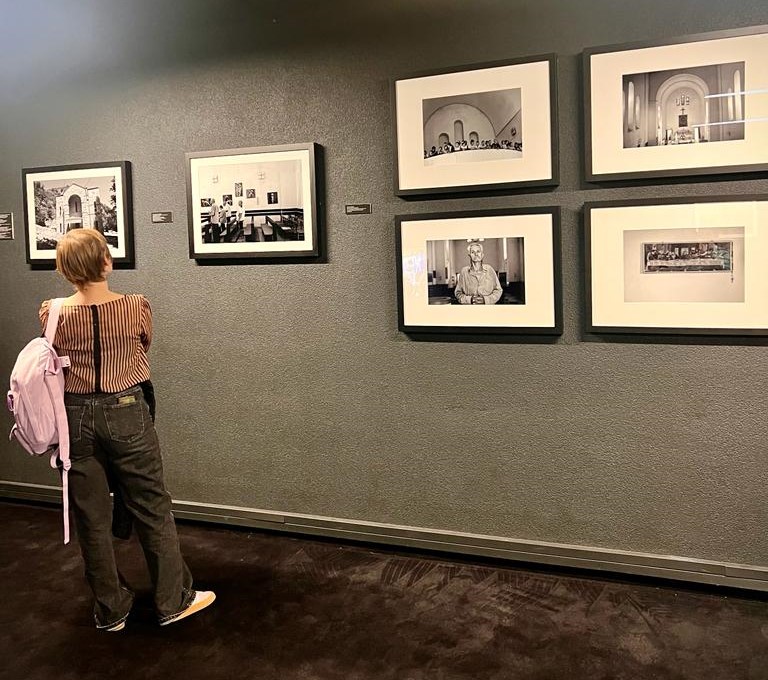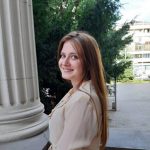
As part of the interdisciplinary project “PRESENT PAST” organized this year by the Goethe Institute in Zagreb, Belgrade, Sarajevo, and Skopje, a group of artists crafted an artistic response to the cultural and political neighborly relations among their respective countries—past and present. The initiative included four authors from Croatia, five cartoonists from Serbia, two photographers from Bosnia and Herzegovina, and one performance artist from North Macedonia.
The goal of the project was to explore regional perceptions of the past and the connections between former Yugoslav countries through a variety of art workshops. These diverse workshops and exhibitions aimed to encourage cooperation in the region.
One outcome of the project was a photo exhibition featuring the works of two photographers, Mitar Simikić and Dijana Muminović, which was displayed at the Goethe Institute in Sarajevo. Working together under the mentorship of photographer Ziyah Gafić, the director of the VII Academy, they produced their own exhibitions within the project: “The Janja River” and “Faiths of My Family.”

“It’s difficult to separate the present from the past in Bosnia. The past lurks in every corner of our lives, and it defines and shapes our present. That’s exactly what Mitar and Dijana’s photographs are saying. They tell the story of a country whose people are leaving. They speak of little-known places that are inaccessible to the media,” said Gafić.
Mitar and Dijana, both graduates of the VII Academy, tell their own subtle personal stories about the past and present through soft and sophisticated visual language. Their stories are, in fact, stories of all of us, and through their photographs, they have revealed a part of the past.
“This project holds a special significance for me. I spent my summers on the Janja River, and this river deserves to have its story told, especially because it’s since been completely destroyed. My journey along the river’s course is part of an ongoing project that explores, depicts, and reveals the complex cultural, economic, and ecological situation along this relatively small river. My goal is to create a space where the audience can feel empathy for my subjects and engage with their stories,” stated Mitar.
The project deals with the transition from former Yugoslavia and its cultural reflection, as well as the broad and often oversimplified conceptualizations of the Balkans. The former Yugoslav states have a long shared history and, as Gafić puts it, a ‘common cultural space.’ However, the transition processes in these nations, from the 1990s to the present today, have unfolded and manifested differently.
Although she was raised and educated in the United States, Dijana’s work has always been connected to Bosnia and Herzegovina. With the “Faiths of My Family” project, she presented the story of a mosque in Zagradje (Kakanj) and a shrine in Olovo.

“My own experience in Olovo moved me deeply, and I have come to understand the depth of my grandmother’s faith. However, I’m also the child of my Muslim father, and I felt drawn to the land of his distant past in the village of Zagradje, in Kakanj. I couldn’t have imagined how these two holy places, these two lands, and these two peoples would enrich my life at just the right time, as I was seeking the connection between my past and present,” Dijana explained.
Gafić described how photography, when used properly, can elevate and underscore the importance of places or things that we often take for granted, as demonstrated by the exhibitions in the cases of the Janja River, the Olovo shrine, and the mosque in Kakanj.
The outcomes of this project will be publicly displayed from May to November in each participating country. The final exhibition of all of the works collectively is scheduled for June 2024, as part of a festival in Rijeka, Croatia.






